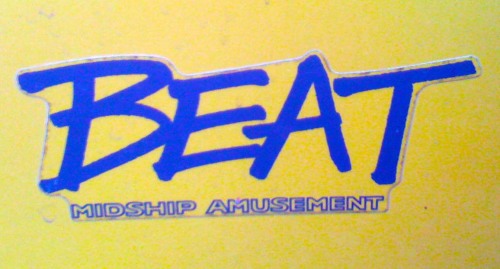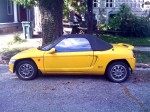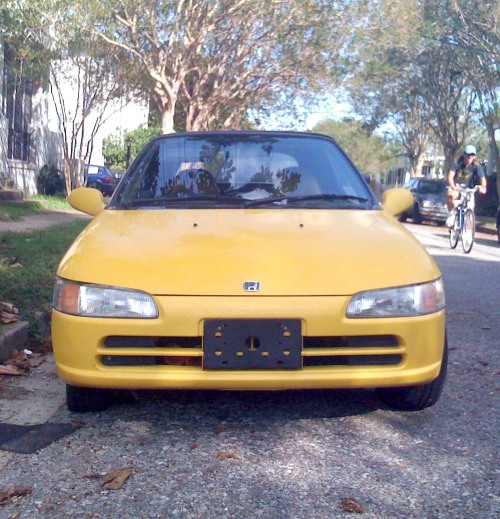 Me and the Beat, we go back a long way. Ever since that giant book of convertibles I had in something like first grade, I’ve remembered the Beat because it stood out from the ’56 Cadillacs and ’64 Continentals and whatnot.
Me and the Beat, we go back a long way. Ever since that giant book of convertibles I had in something like first grade, I’ve remembered the Beat because it stood out from the ’56 Cadillacs and ’64 Continentals and whatnot.
It’d be a decade before I had any idea what the hell keicar meant, but to this day, among the Honda That’s and the Suzuki MightyBoy, the Mitsubishi Town Box and Daihatsu Move, for me, the Beat stands alone.
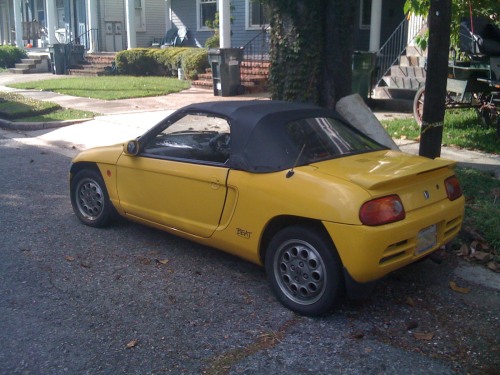 Japanese automotive taxes are quite strict: very specific size, displacement, and power regulations group cars into categories determining the road tax they must pay; Japanese cars are more often than not designed to fit snugly into these categories to make them more attractive for potential customers. Japan’s Camry, in the ’90s, was an entirely different car from the one all the export markets were given simply so theirs could be small enough to fit into a lower bracket than the export car.
Japanese automotive taxes are quite strict: very specific size, displacement, and power regulations group cars into categories determining the road tax they must pay; Japanese cars are more often than not designed to fit snugly into these categories to make them more attractive for potential customers. Japan’s Camry, in the ’90s, was an entirely different car from the one all the export markets were given simply so theirs could be small enough to fit into a lower bracket than the export car.
These cars show Japanese automakers’ most extreme efforts. There’s a very specific reason all the tiny cars you could buy in Gran Turismo had 660cc engines that made exactly 63 horsepower.
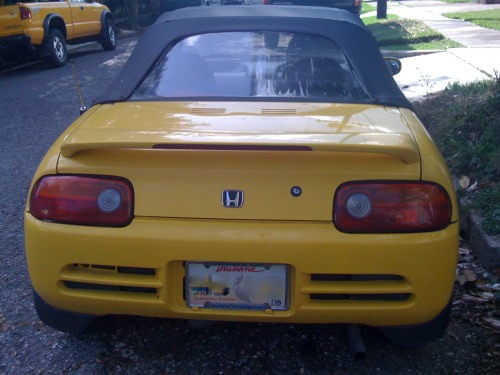
In March 1990, Japan raised the K-class maximum displacement from 550 to 660cc. This may be the move that incited Honda to show the world they could make a keicar exciting. Utilising a 656cc straight-3 with something called MTREC (translation: one throttle valve per cylinder), the Pininfarina-penned Beat made–you guessed it–63 brake horsepower at 8100 rpm (damn! that’s a lotta revs!).
Honda went on to sell the basic Beat design in 1995 to MG who then used it to build the MG F, which was the basis for the MG TF, which Hammond built into a limousine on Top Gear two years ago. Nice.
